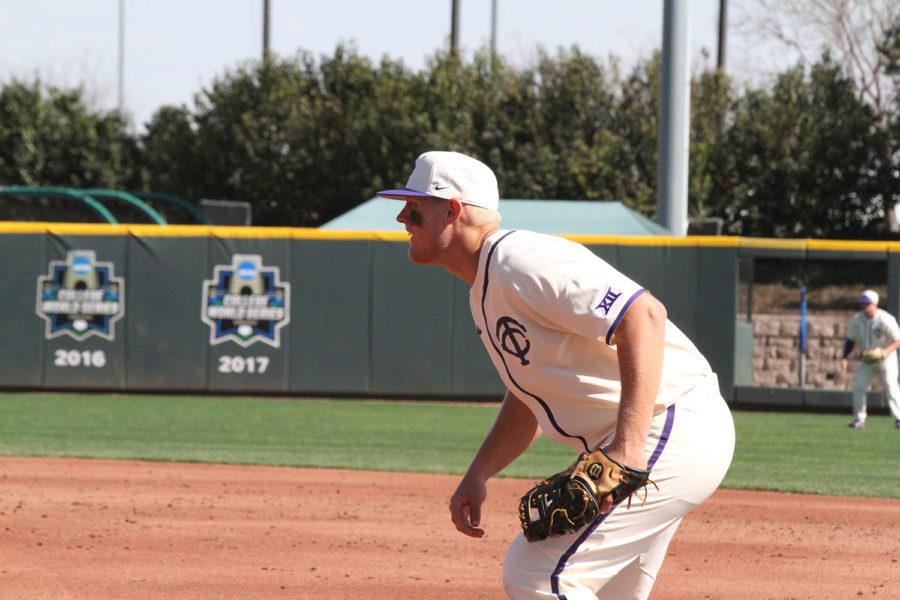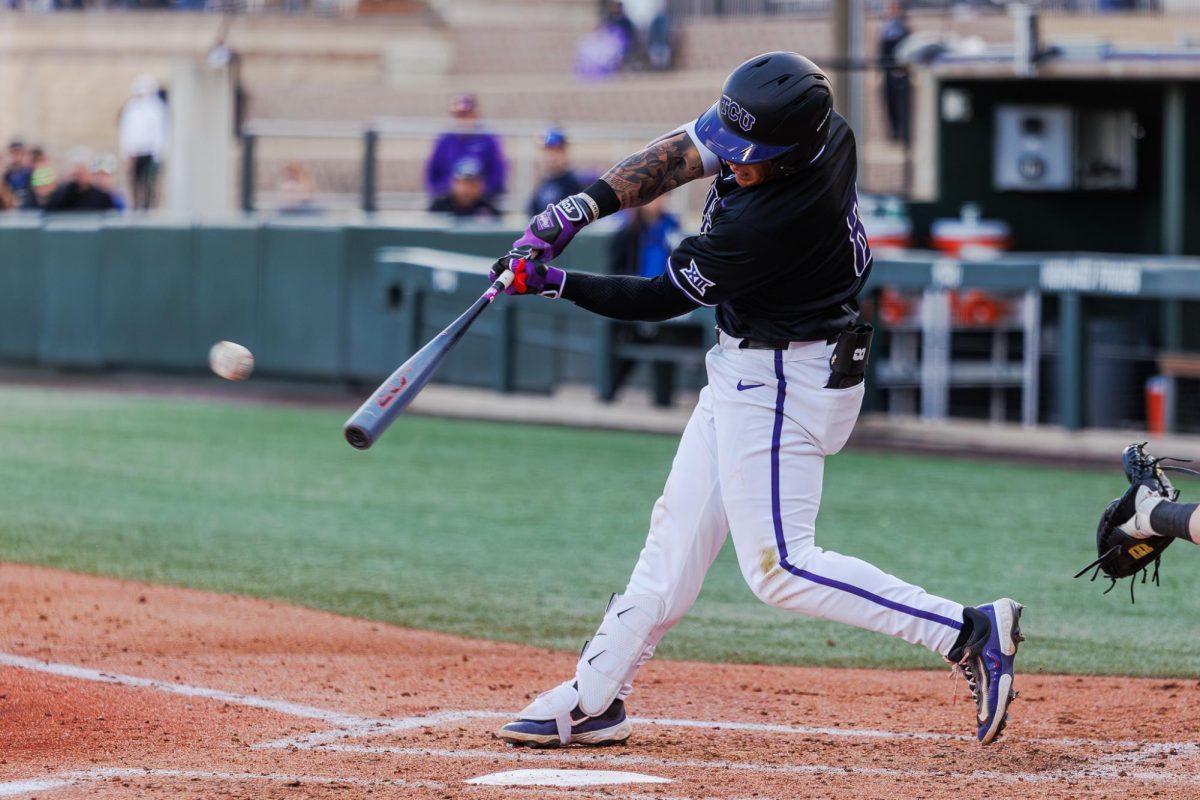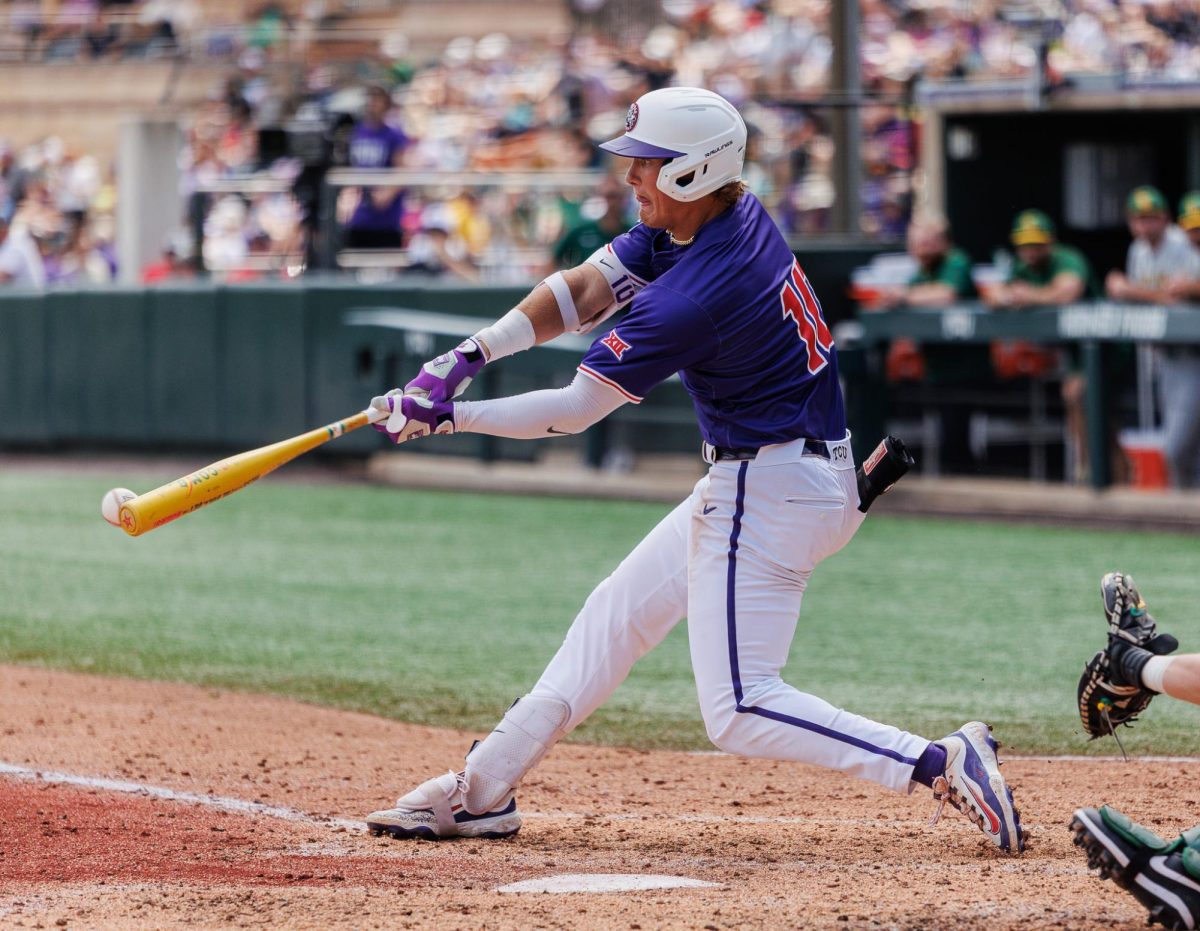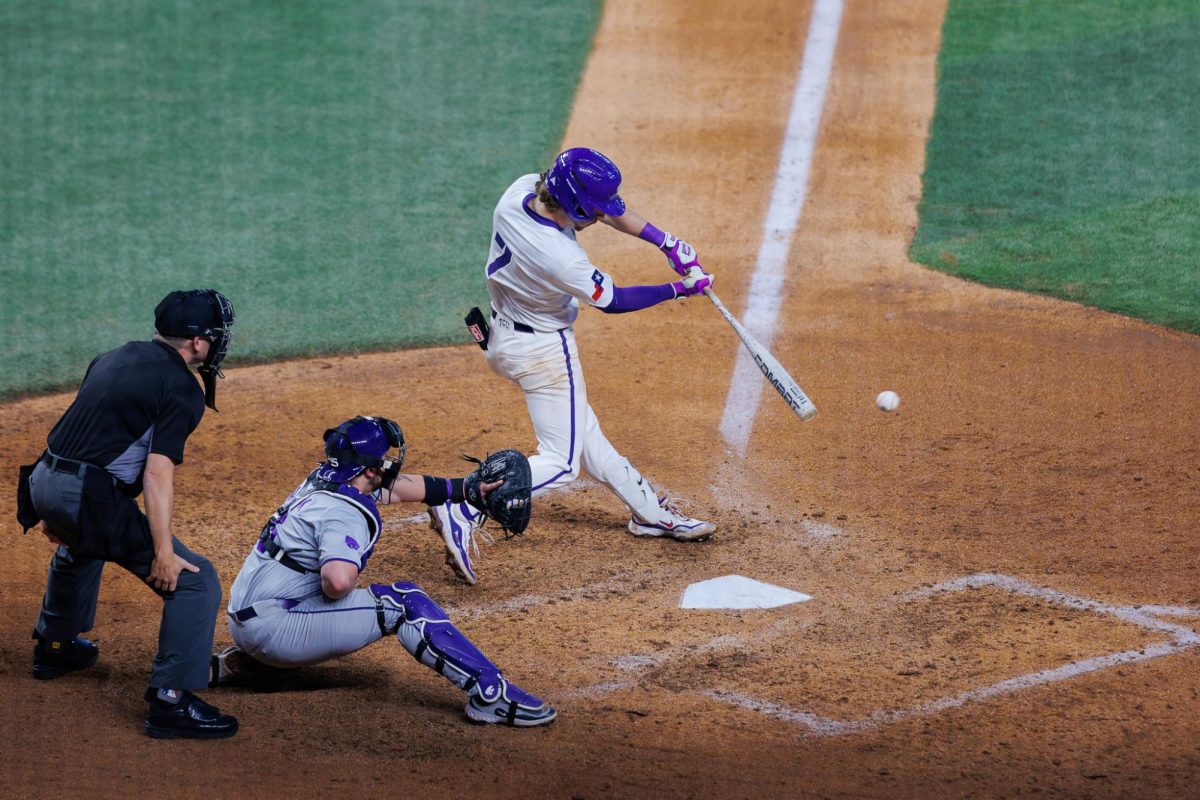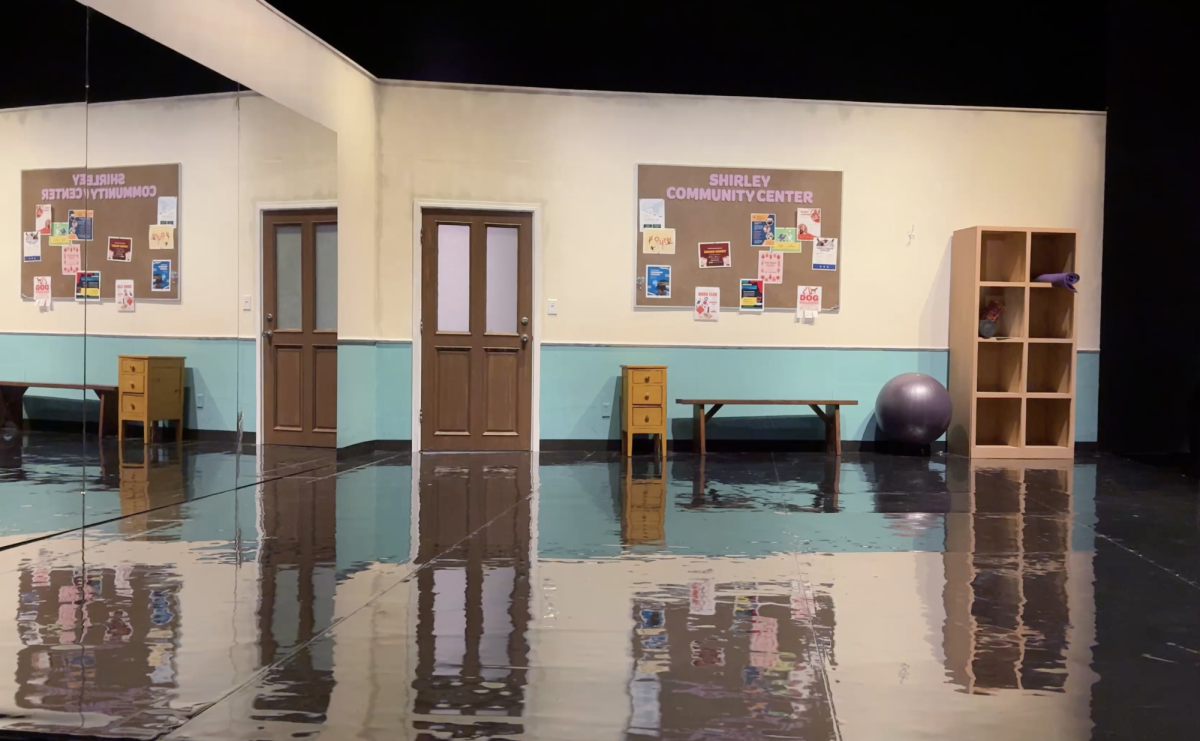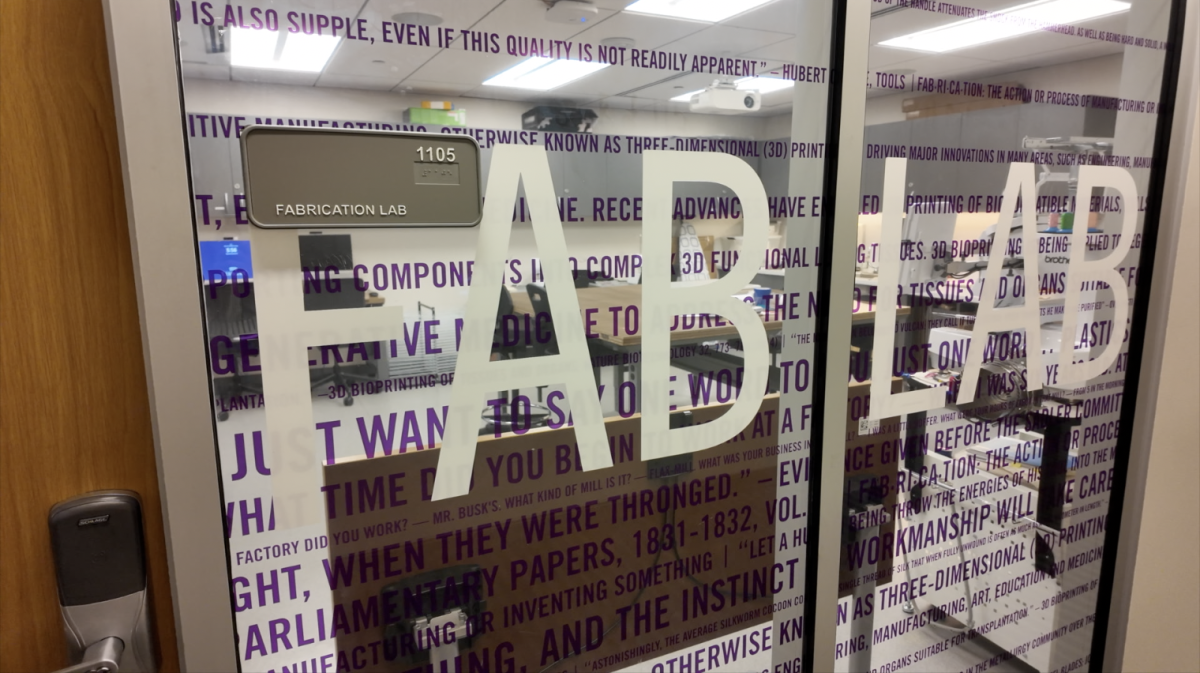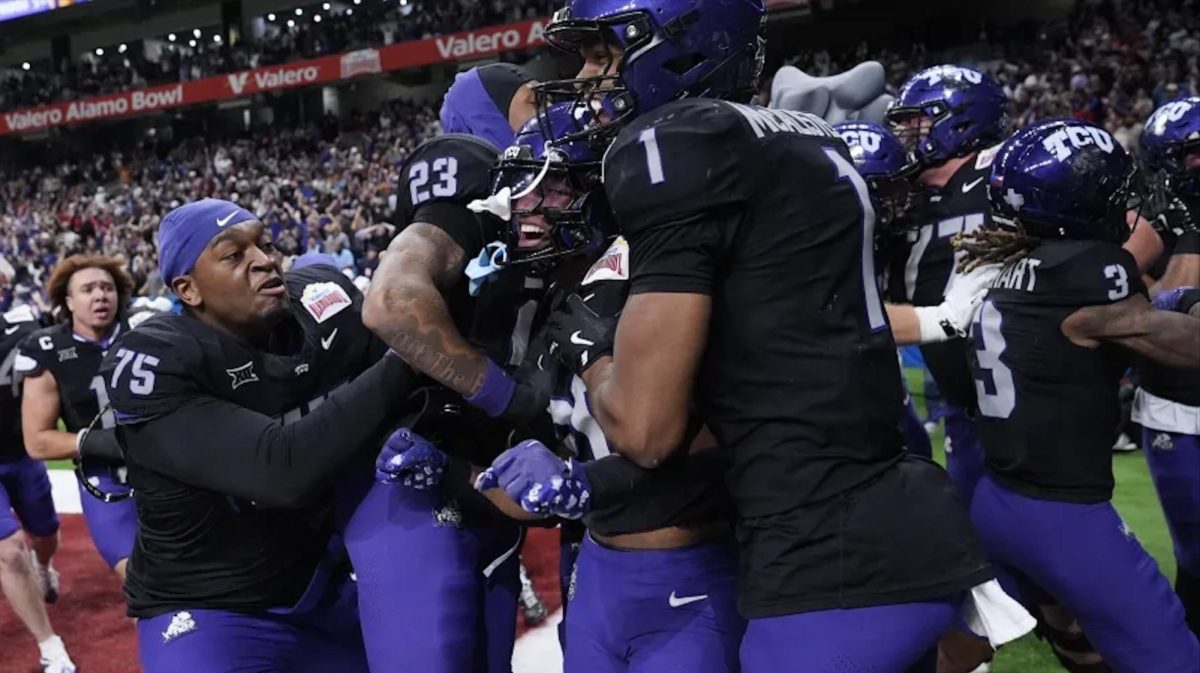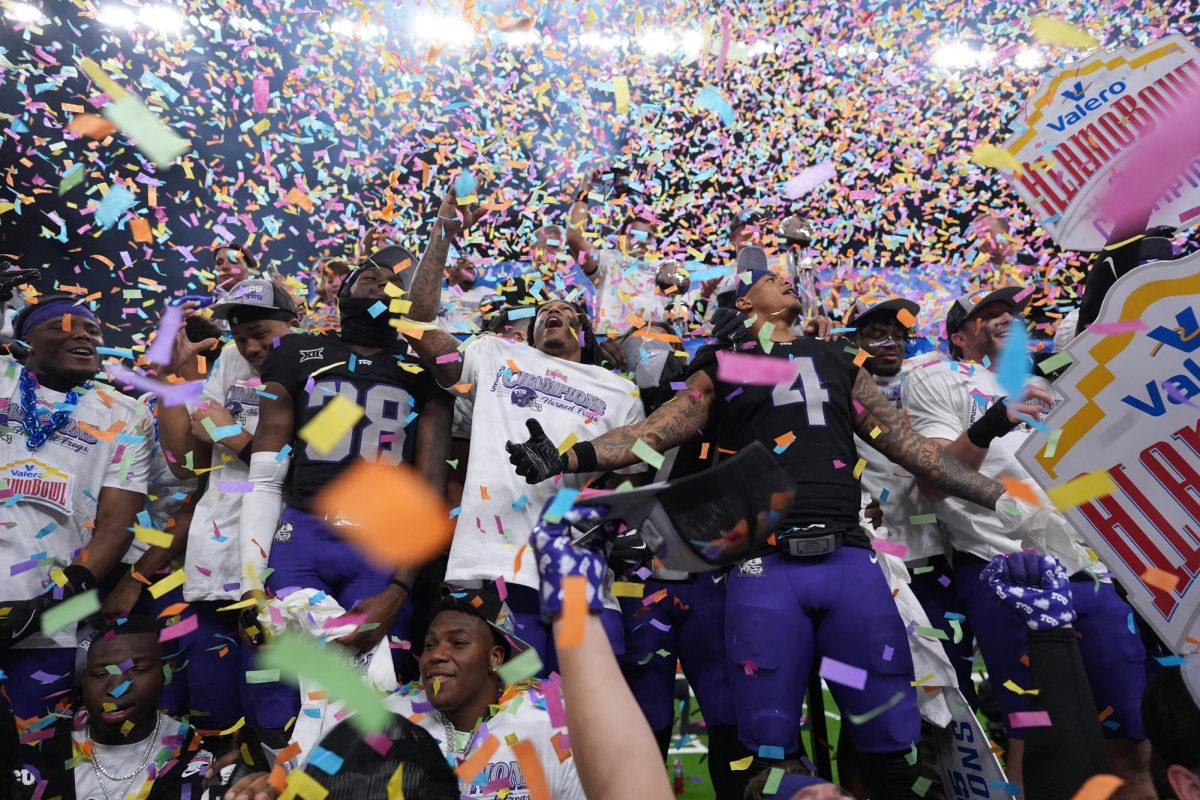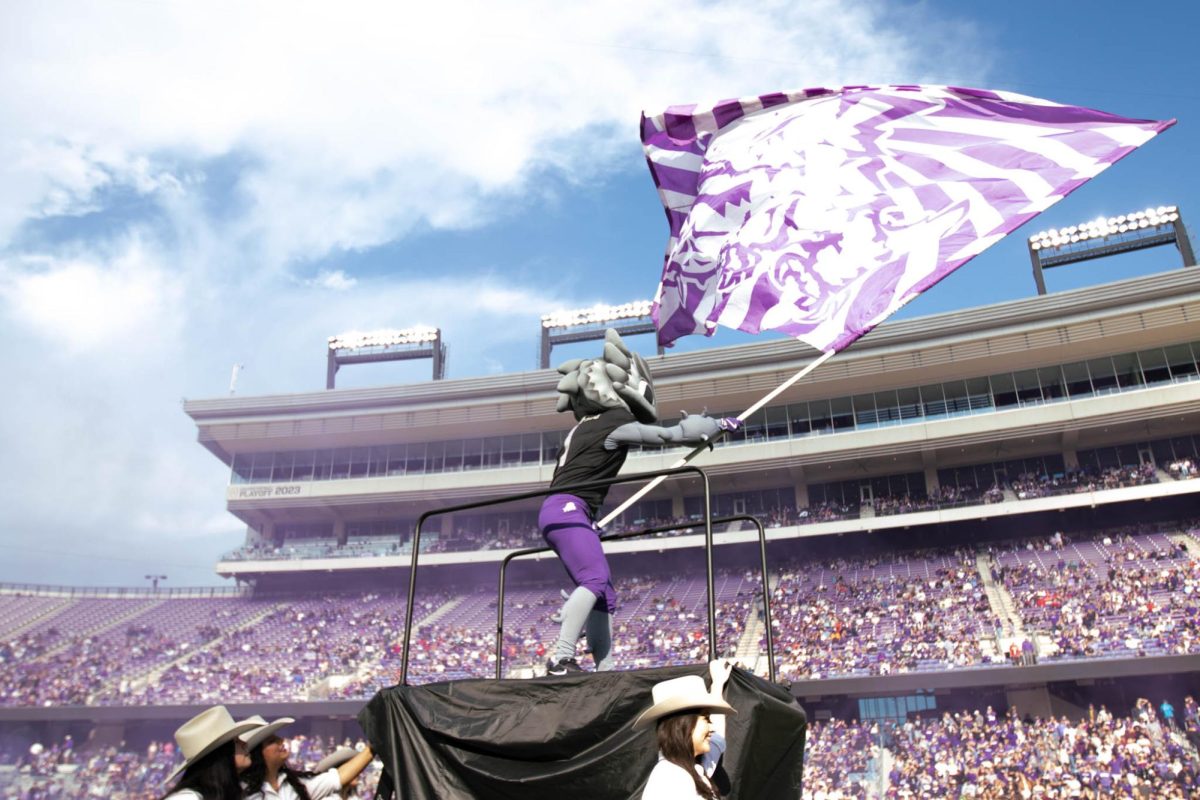The Big 12 Conference added a pitch clock to conference baseball games this season. There will be two visible 15-second pitch clocks on the field; one behind home plate for the pitcher and fielders to see and one in the outfield for the catcher and umpire. This experimental rule comes after concern about the pace of baseball games across all levels. “That’s the whole point of an experimental rule,” Randy Bruns, the NCAA secretary-rules editor for baseball, said. “We’re trying to find what can keep the pace of play going.” Bruns said the pace of play in baseball is great until a runner gets on base, when it can drastically slow down. Catchers go speak with the pitcher or pitching coaches call the signs for the catcher. “The game times, depending on the style of play, are getting longer,” Bruns said. “We’re anxious to see how it is.” The experimental rule states that a strike will be issued to the count if the batter isn’t in the box before the 15 seconds expire. If the pitchers fail to throw a pitch before the time runs out, a ball will be awarded to the count. TCU Head coach Jim Schlossnagle said he believes this won’t be an issue for his team this season. “We play pretty fast, so I don’t expect any problems,” he said. Having both pitch clocks visible to the players, umpires, teams and fans will hold everyone accountable. “I think that’s the most important part,” Bruns said. “It is very visible. Everybody will see exactly what the time frames are.” Major League Baseball (MLB) has made a continuous effort to speed up the pace of its games. However, the MLB’s commissioner, Rob Manfred, recently deferred against adding pitch clocks to major league games for the 2018 season. “Baseball is tradition-oriented,” Bruns said. “There’s hesitancy because we’ve never had a clock. But basketball used to never have a play clock.” Minor league Double-A and Triple-A baseball teams have used a 20-second pitch clock since the 2015 season. Similar to the Big 12’s experimental rule, if a pitcher didn’t throw a pitch before the time ran out, a ball would be awarded to the count. “They’ve used it in the minor leagues with great success,” Bruns said. “It has a low impact on the game when everyone gets used to it. I’m anxious to see the impact.” TCU already has the two pitch clocks installed and running, even though conference play doesn’t start until March 23 against Kansas State. Right now, it’s just for practice as Schlossnagle said the rule won’t be enforced until conference play. Schlossnagle said while his team won’t need much adjustment to this experimental rule and is focused instead on how the team plays – not the pace of play. “I want to see them play good baseball and understand what winning baseball looks like,” Schlossnagle said. “A lot of times, as a young player, you don’t understand what that is. You think it’s getting a lot of hits and striking people out. It’s really about good defense and smart base-running, all the things that have been hallmarks of our team for a long time.”
Categories:
Big 12 adds experimental pitching clock rule for conference games
By Alexa Hines
Published Mar 4, 2018
Junior Luken Baker waits for a play at first base against Long Beach State on February 25.
Photo Credit: Alexa Hines
More to Discover

